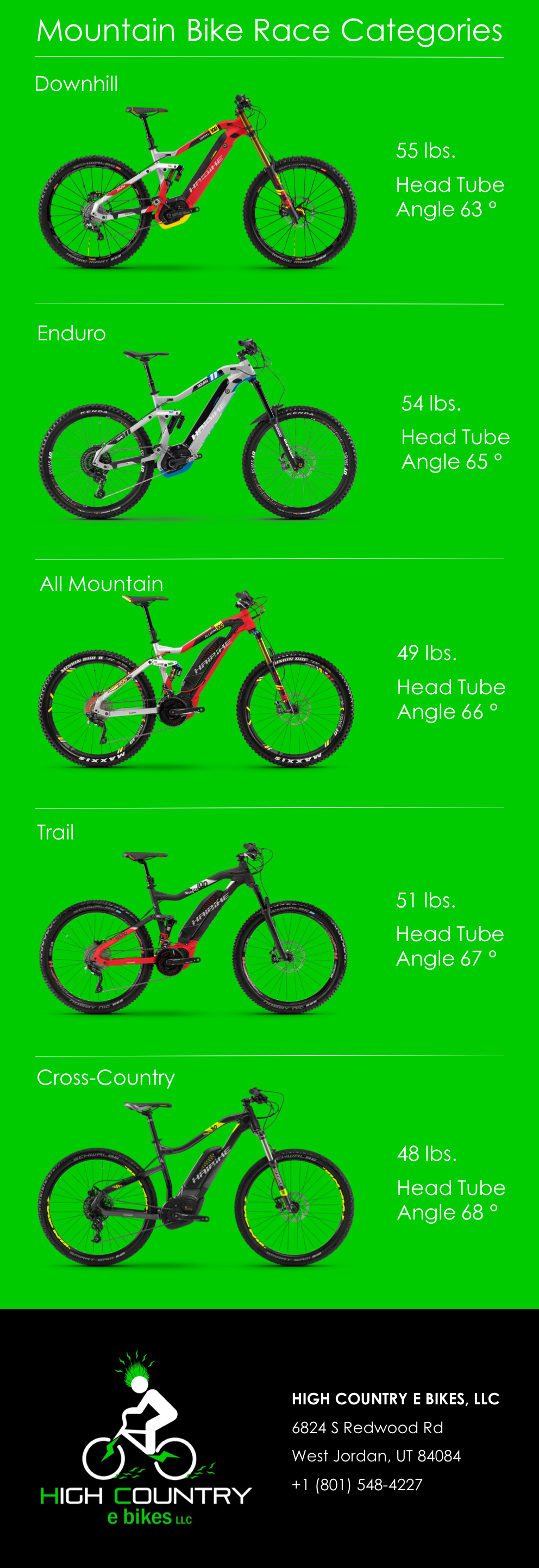Before you get on your e-bike and hit the streets, it's crucial to recognize the laws and policies that control your city. From rate limitations to assigned riding areas, there's a whole lot to consider to guarantee you're compliant and secure. By familiarizing yourself with the regulations certain to e-bikes, you'll be better equipped to enjoy your adventures without any unforeseen legal issues. Remain tuned to uncover check this site out that will certainly assist you browse the e-bike landscape in your city flawlessly.
Understanding E-Bike Category
When it concerns navigating the realm of e-bike laws and guidelines, a crucial beginning factor is comprehending the category system that classifies these electrical bikes. E-bikes are commonly categorized right into 3 main groups: Class 1, Class 2, and Class 3.
Course 1 e-bikes are pedal-assist just, suggesting they offer assistance while the rider is pedaling and have a maximum speed of 20 miles per hour. These bikes are allowed locations where typical bicycles are allowed.
Class 2 e-bikes are outfitted with a throttle that can propel the bike without pedaling. go source have a maximum speed of 20 miles per hour and are suitable for riders that may require aid without pedaling constantly.
Course 3 e-bikes resemble Course 1 however with a greater maximum speed of 28 mph. These bikes are typically limited from particular bike paths or trails as a result of their higher rates.
Understanding these categories is essential for abiding by local policies and guaranteeing a safe and satisfying e-biking experience.
Browsing Speed Restrictions and Limitations
To efficiently browse e-bike legislations and laws, it's crucial to understand the rate limitations and restrictions that put on various courses of electrical bicycles.
Rate restrictions for e-bikes vary relying on the category of the bike. Course 1 e-bikes, which are pedal-assist only and have a maximum speed of 20 mph, are usually enabled on bike lanes and paths.
Course 2 e-bikes, which have a throttle in addition to pedal-assist and likewise reach rates of approximately 20 miles per hour, may be limited in particular areas where motorized vehicles aren't allowed.
Course 3 e-bikes, with pedal-assist as much as 28 mph, are normally required to comply with the very same policies as traditional bicycles.
It is necessary to follow these speed limitations and constraints to guarantee your safety and security and the security of others when traveling. Before riding your e-bike, familiarize yourself with the specific laws in your city to avoid any kind of prospective penalties or legal concerns.
Where to Adventure Your E-Bike
To establish where you can ride your e-bike, it's important to know the regulations and guidelines certain to your place. In a lot of locations, e-bikes are normally allowed on roads and roads where standard bikes are allowed. This may consist of bike lanes, bike courses, and shared highways. Nonetheless, it's crucial to examine local regulations as some cities may have details constraints on where e-bikes can be ridden.
When riding your e-bike, constantly prioritize security by complying with website traffic guidelines and respecting pedestrian walkways. Additionally, bear in mind any kind of marked bike lanes or paths in your location and use them whenever possible to guarantee a smoother and safer experience.
Some cities additionally have guidelines concerning e-bike usage on sidewalks, so see to it to familiarize on your own with these regulations to prevent any type of fines or fines.
Final thought
Now that you recognize with the laws and policies bordering e-bikes in your city, you can confidently hit the trail recognizing where you can ride and what limitations relate to your e-bike category. Keep in mind to constantly focus on security and follow the rules to make sure a smooth and legal ride. Happy riding!
